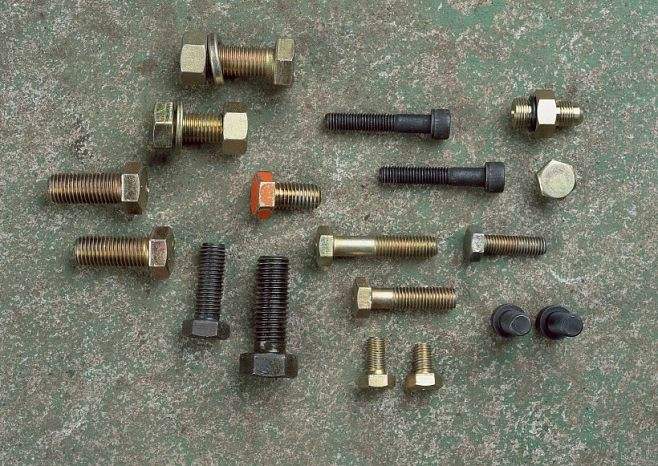Metal cutting is to use cutting tools to remove excess metal from the blank, in order to obtain the required shape, size and surface precision parts processing method.
Casting, forging and welding, etc
Usually it can only be used to make rough and coarse parts. Generally speaking, the parts requiring higher precision need to be cut.
Although there are various forms of metal cutting, such as turning, planing, milling, grinding and gear machining, but there are also common phenomena and laws, that is, cutting excess metal from the blank.
It is of great significance to grasp these phenomena and laws to carry out machining correctly, ensure the machining quality of parts, improve productivity and reduce cost.
Metal cutting process includes car, planing, drilling, milling and other different types, but generally speaking, any use of tools from the blank or semi-finished products to remove a certain thickness of the metal layer, and get in shape and surface roughness to meet the requirements of the processing process is cutting.
When the workpiece is in contact with the tool, the metal of the cutting layer changes into chips through the stages of elastic deformation, slip and cutting away.
Cutting chips and their types
When cutting metals with little plasticity, elastic stresses and strains occur when the workpiece comes into contact with the tool. When the shear or tensile stress reaches the breaking strength of the workpiece metal, a piece of the workpiece will suddenly break off, as shown in the breaking chip.
Ribbon chip:
When the internal stress of the chip does not reach the breaking strength of the workpiece metal, it will continue to flow along the forward, so continuous, forming banded chip. Such chips are often obtained when the plasticity of the material being cut is large or the tool front Angle is large.
Nodal chips:
When the plasticity of the workpiece metal is between the two conditions, the nobby chip will appear.The type of chip is not only affected by the plasticity of the metal being machined, but also closely related to the processing conditions. In general, the larger the front Angle, the higher the cutting speed, the thinner the chip, the more likely the chip from granular to banded.
Metal cutting process
Metal cutting process is actually chip formation process. A more typical cutting process is: the metal being cut by the tool extrusion to produce elastic deformation.
With the cutting tool, the stress and strain gradually increase. When the shear stress reaches the yield strength of the material, the plastic deformation slip begins to occur.













